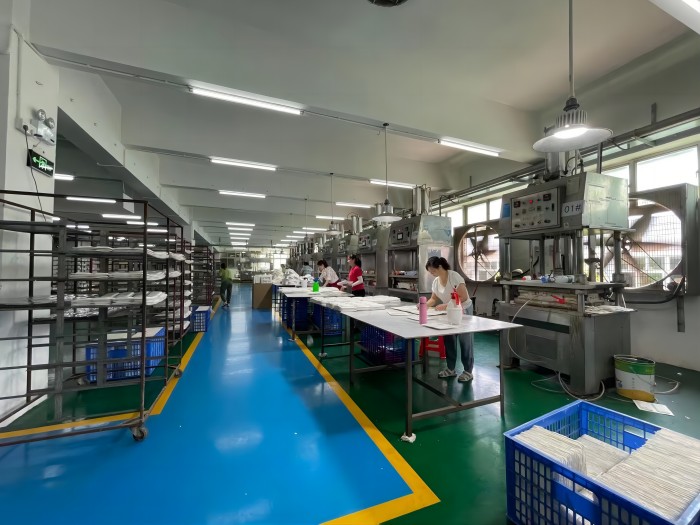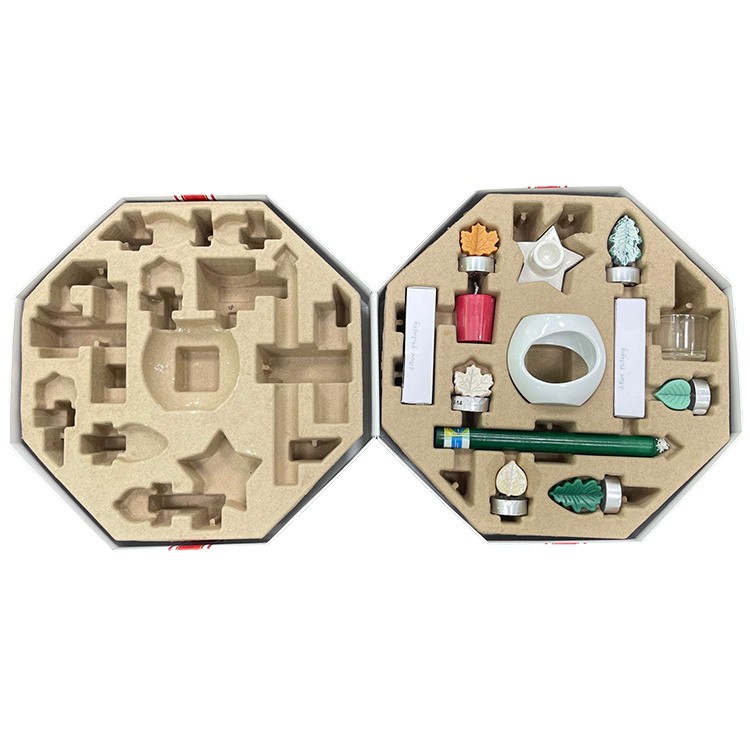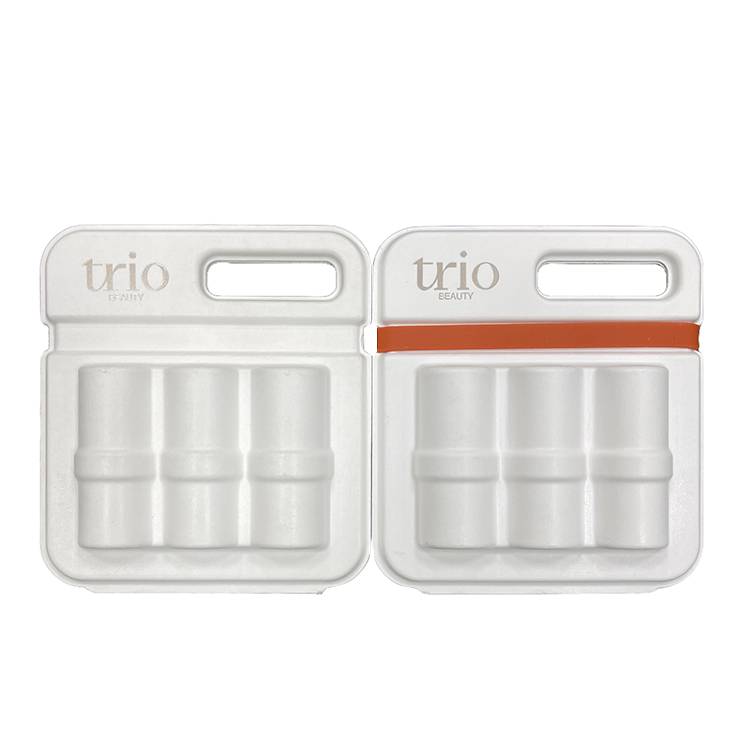In recent years, with the continuous progress and development of pulp molded packaging production technology, process and production equipment in my country, the pulp molding production process has been further subdivided, and the main types are divided into the following types:

(1) Dry pressing process. The pulp molding dry pressing production process is a traditional production process. It separates pulp molding from drying, shaping and trimming processes. That is, the pulp is first made into a wet paper mold on the molding machine, and then transferred to the dryer outside the molding machine for drying (out-of-mold drying), and finally shaping and trimming are performed to complete the entire production process. Its production process is simple and its energy consumption is relatively low. It is mainly used for the production of egg trays, fruit trays and general industrial packaging products.

(2) Wet pressing process. The pulp molding wet pressing production process is a production process that has developed rapidly in recent years. Its production process technology has become more mature and has been widely promoted and applied. It is a process that continuously completes molding, drying, shaping and even trimming on a fully automatic machine (in-mold drying). It has high work efficiency and exquisite product quality, but the production process consumes a lot of energy. It is mainly used for the production of food tableware and fine industrial packaging products with high precision requirements.

(3) Semi-dry pressing process. The semi-dry pressing process of pulp molding is that the paper mold products are air-dried, sun-dried, baked, sprayed, sprinkled, etc. before shaping, and the moisture content is kept at about 35%, and then dried or shaped in the mold to obtain fine paper mold products between the wet pressing process and the dry pressing process. Moreover, its energy consumption is much lower than that of the wet pressing process, and its efficiency is much higher than that of the dry pressing process.
(4) Direct pressing process. The direct pressing production process is to directly unwind or loosen the roll-shaped or flat-plate raw pulp board or paperboard without crushing and beating, and without adding water medium. According to the needs of the product, latex resin or appropriate additives are sprayed during the transportation process. After forming a loose fiber net on the molding net, it is processed into pulp molded products through hot pressing and die-cutting equipment. The direct pressing production process adopts dry molding continuous molding to produce pulp molded products. It is a major change in the pulp molding production process. Compared with the traditional wet molding method, the direct pressing production process greatly reduces the large amount of energy consumption in the process of rewetting, crushing, molding and drying of pulp boards in the traditional process. The direct pressing production process is efficient, energy-saving and environmentally friendly, which has attracted widespread attention from people in the pulp molding industry. Some manufacturers at home and abroad have been committed to the research and development of direct pressing production processes and equipment for pulp molding.
In summary, with the continuous advancement and subdivision of pulp molding technology, various production processes have shown unique advantages and values in different application fields. Whether it is the traditional dry pressing process or the rapidly developing wet pressing process in recent years, each process is adapting to changes in market demand and providing more precise and efficient manufacturing solutions for different types of products. In particular, the introduction of the direct pressing process marks that pulp molding production technology has entered a new era of higher efficiency, more energy-saving and more environmentally friendly. These technological advances have not only improved production efficiency and product quality, but also promoted the green development and sustainability of the entire industry. In the future, with further innovation and optimization of technology, pulp molding technology will play an important role in more fields and help the industry move towards a more brilliant future.

